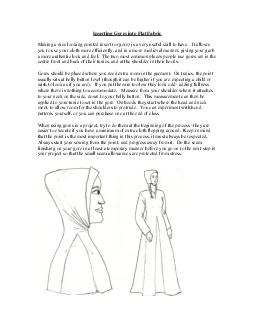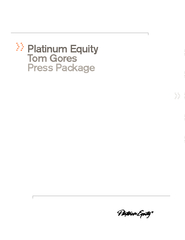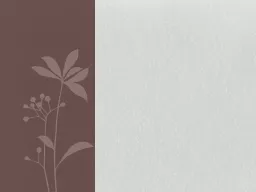PDF-Inserting Gores
Author : phoebe-click | Published Date : 2015-07-30
into Flat Fabric Making a nice looking pointed insert or gore is a very useful skill to have It allows you to use your cloth more efficiently and in a more medieval
Presentation Embed Code
Download Presentation
Download Presentation The PPT/PDF document "Inserting Gores" is the property of its rightful owner. Permission is granted to download and print the materials on this website for personal, non-commercial use only, and to display it on your personal computer provided you do not modify the materials and that you retain all copyright notices contained in the materials. By downloading content from our website, you accept the terms of this agreement.
Inserting Gores: Transcript
Download Rules Of Document
"Inserting Gores"The content belongs to its owner. You may download and print it for personal use, without modification, and keep all copyright notices. By downloading, you agree to these terms.
Related Documents














